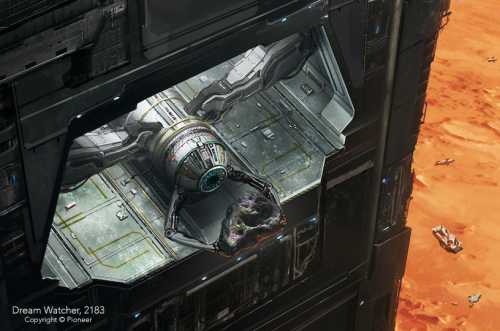Stratolaunch wins military research contract
Capitalism in space: Stratolaunch announced today [pdf] that it has won research contract with the Missile Defense Agency to provide a testing capability to that agency’s program to develop hypersonic flight technology.
The Stratolaunch team is eagerly preparing to complete its next set of Roc carrier aircraft test flights. The team also continues to make tremendous strides in building its first two Talon-A test vehicles: TA-0 and TA-1. TA-1 will start its power-on testing by the end of year, keeping the company on track to begin hypersonic flight testing in 2022 and to deliver services to government and commercial customers in 2023. Launched from Stratolaunch’s Roc carrier aircraft, the Talon-A vehicles are rocket-powered, autonomous, reusable testbeds carrying customized payloads at speeds above Mach 5.
From this release it appears that the company is planning more flight tests of its giant Roc airplane while it begins the first ground tests of the test vehicles that Roc will take into the air, followed in ’22 with flight tests, followed next with operational test flights in ’23.
The company’s shift from using Roc as a first stage for orbital satellites to using it instead as a hypersonic test bed seems to be paying off. For years the company was unable to find any design for second stage rocket that made both technical or economic sense. Using Roc instead as a vehicle for launching a hypersonic test bed — the Talon — seems more practical, while also providing the military a relatively cheap capability for hypersonic testing that it had previously lacked.
Capitalism in space: Stratolaunch announced today [pdf] that it has won research contract with the Missile Defense Agency to provide a testing capability to that agency’s program to develop hypersonic flight technology.
The Stratolaunch team is eagerly preparing to complete its next set of Roc carrier aircraft test flights. The team also continues to make tremendous strides in building its first two Talon-A test vehicles: TA-0 and TA-1. TA-1 will start its power-on testing by the end of year, keeping the company on track to begin hypersonic flight testing in 2022 and to deliver services to government and commercial customers in 2023. Launched from Stratolaunch’s Roc carrier aircraft, the Talon-A vehicles are rocket-powered, autonomous, reusable testbeds carrying customized payloads at speeds above Mach 5.
From this release it appears that the company is planning more flight tests of its giant Roc airplane while it begins the first ground tests of the test vehicles that Roc will take into the air, followed in ’22 with flight tests, followed next with operational test flights in ’23.
The company’s shift from using Roc as a first stage for orbital satellites to using it instead as a hypersonic test bed seems to be paying off. For years the company was unable to find any design for second stage rocket that made both technical or economic sense. Using Roc instead as a vehicle for launching a hypersonic test bed — the Talon — seems more practical, while also providing the military a relatively cheap capability for hypersonic testing that it had previously lacked.

